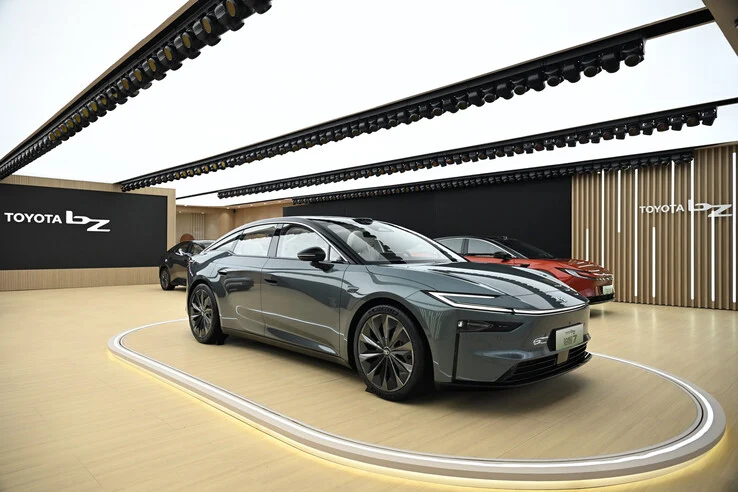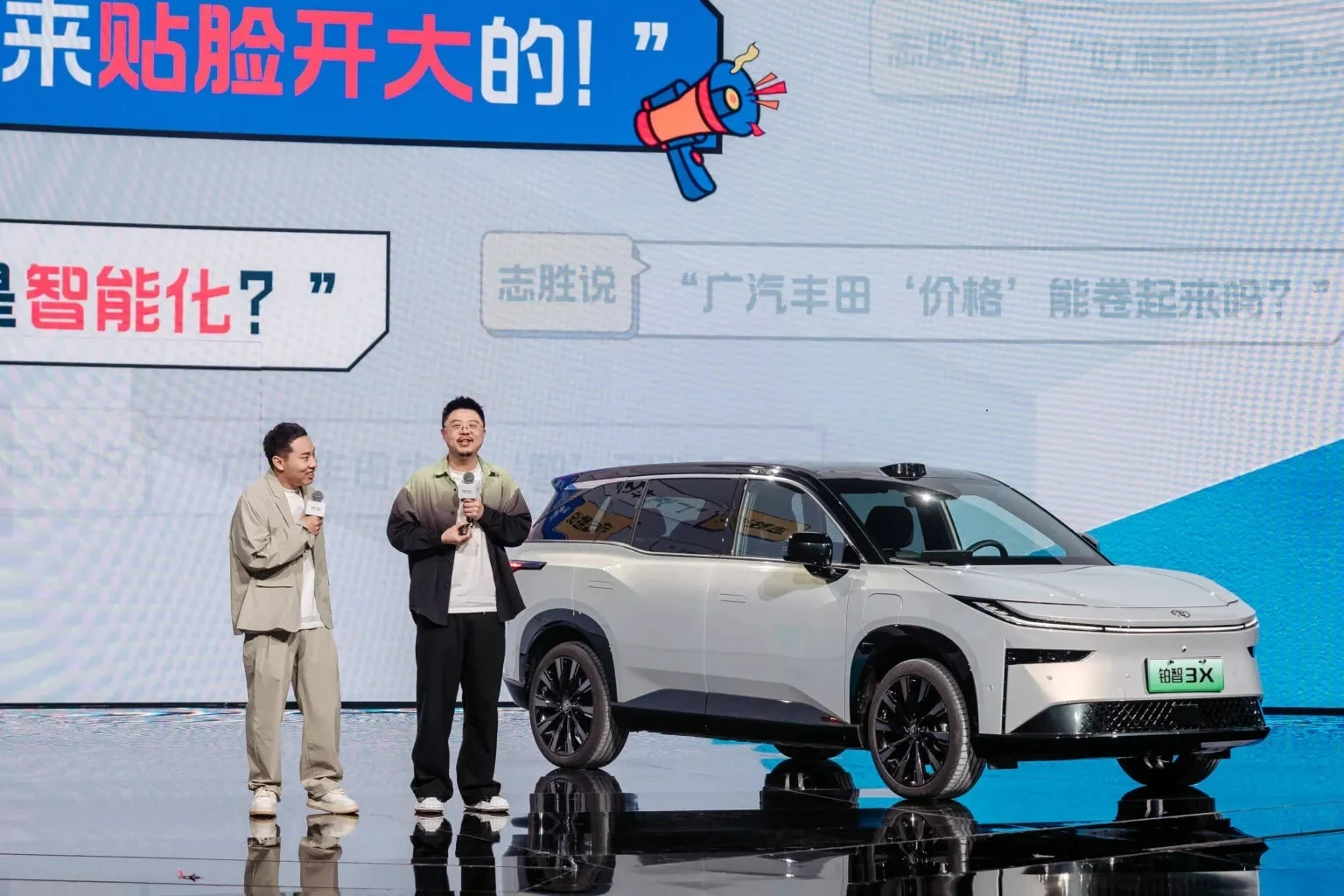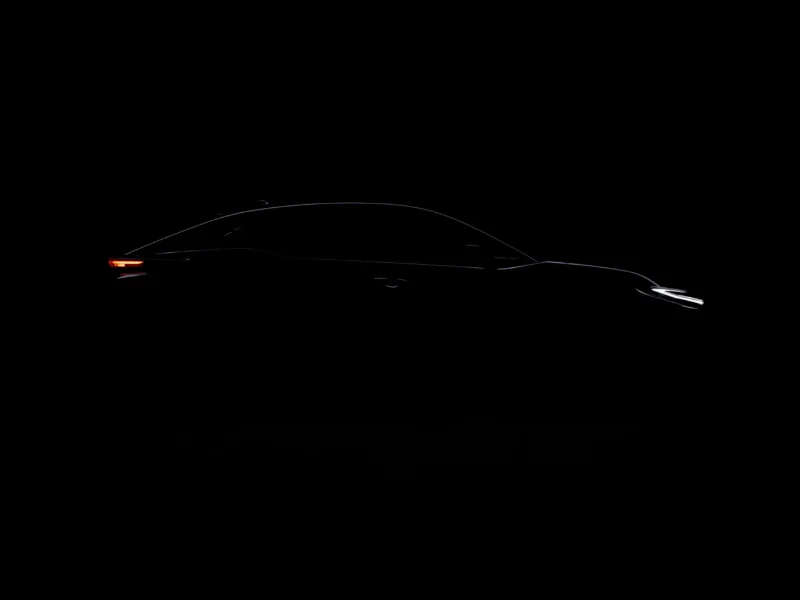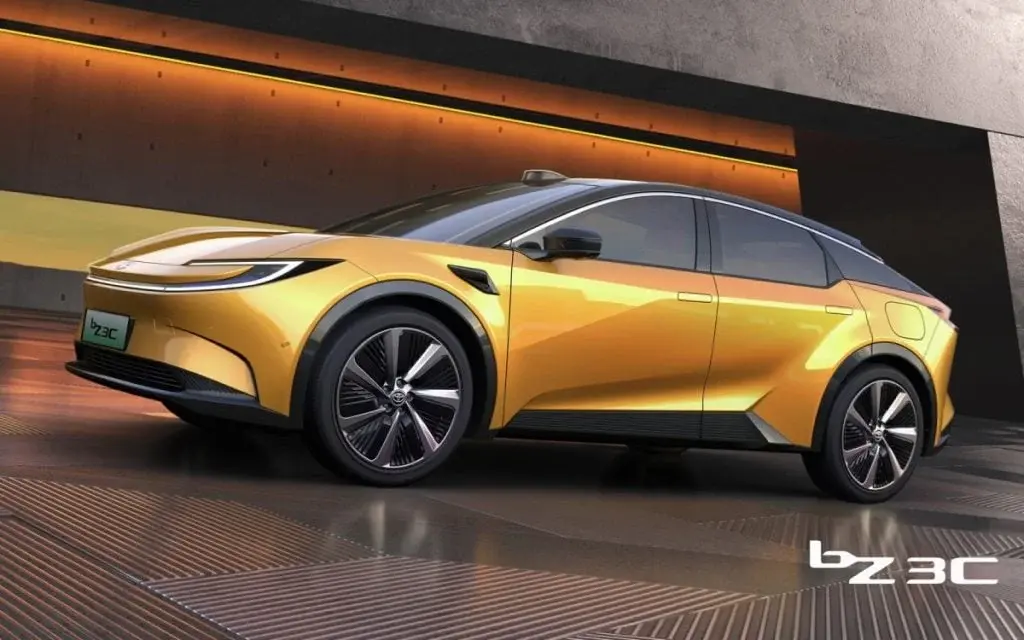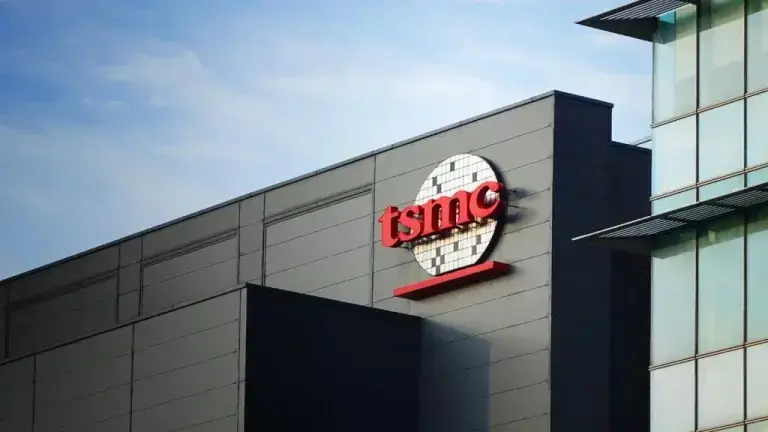Key Takeaways
1. The 2026 C-HR is a new all-electric vehicle, distinct from the previous internal combustion engine version.
2. It delivers 338 horsepower and can accelerate from 0 to 60 mph in about five seconds, with a range of 290 miles on a 74.7 kW battery.
3. The vehicle features all-wheel drive, a North American Charging System port for fast charging, and paddle shifters for enhanced regenerative braking control.
4. The interior includes a 14-inch touchscreen, digital dashboard, dual wireless charging pads, and offers 25.4 ft³ of cargo space.
5. The C-HR is expected to be available in US dealerships in 2026, with a tentative starting price around $35,000.
Toyota has introduced the 2026 C-HR battery electric vehicle (BEV) for the United States market. It’s important to note that this model is distinct from the previous internal combustion engine (ICE) version of the C-HR. The new all-electric variant is described by the company as featuring a “coupe-like SUV profile.” This vehicle boasts all-wheel drive and is built on the brand’s e-TNGA platform.
Performance and Battery Details
The 2026 C-HR provides an impressive output of 338 horsepower, with the ability to accelerate from 0 to 60 mph (approximately 100 kph) in about five seconds. The vehicle is equipped with a 74.7 kW lithium-ion battery, offering an estimated range of 290 miles (around 467 km). Additionally, it features a North American Charging System (NACS) port, enabling DC fast charging, which allows the battery to charge from 10% to 80% in roughly 30 minutes at various Level 3 charging stations. Furthermore, paddle shifters on the steering wheel enhance control over regenerative braking, helping to maximize driving range.
Interior Features
According to Toyota, the interior of the C-HR boasts a high-quality finish. Accessing the rear cargo area is designed to be hassle-free, providing up to 25.4 ft³ (about 0.72 m³) of storage space behind the rear seats. The vehicle includes a 14-inch touchscreen that integrates the Toyota Audio Multimedia system, alongside a digital dashboard and dual wireless charging pads.
The 2026 C-HR battery electric vehicle is set to hit US Toyota dealerships in 2026. While the precise pricing details have not yet been disclosed, there are speculations that the starting price might be around $35,000. Additionally, Toyota plans to launch the C-HR+ electric C-SUV in Europe towards the end of 2025.
Source:
Link




